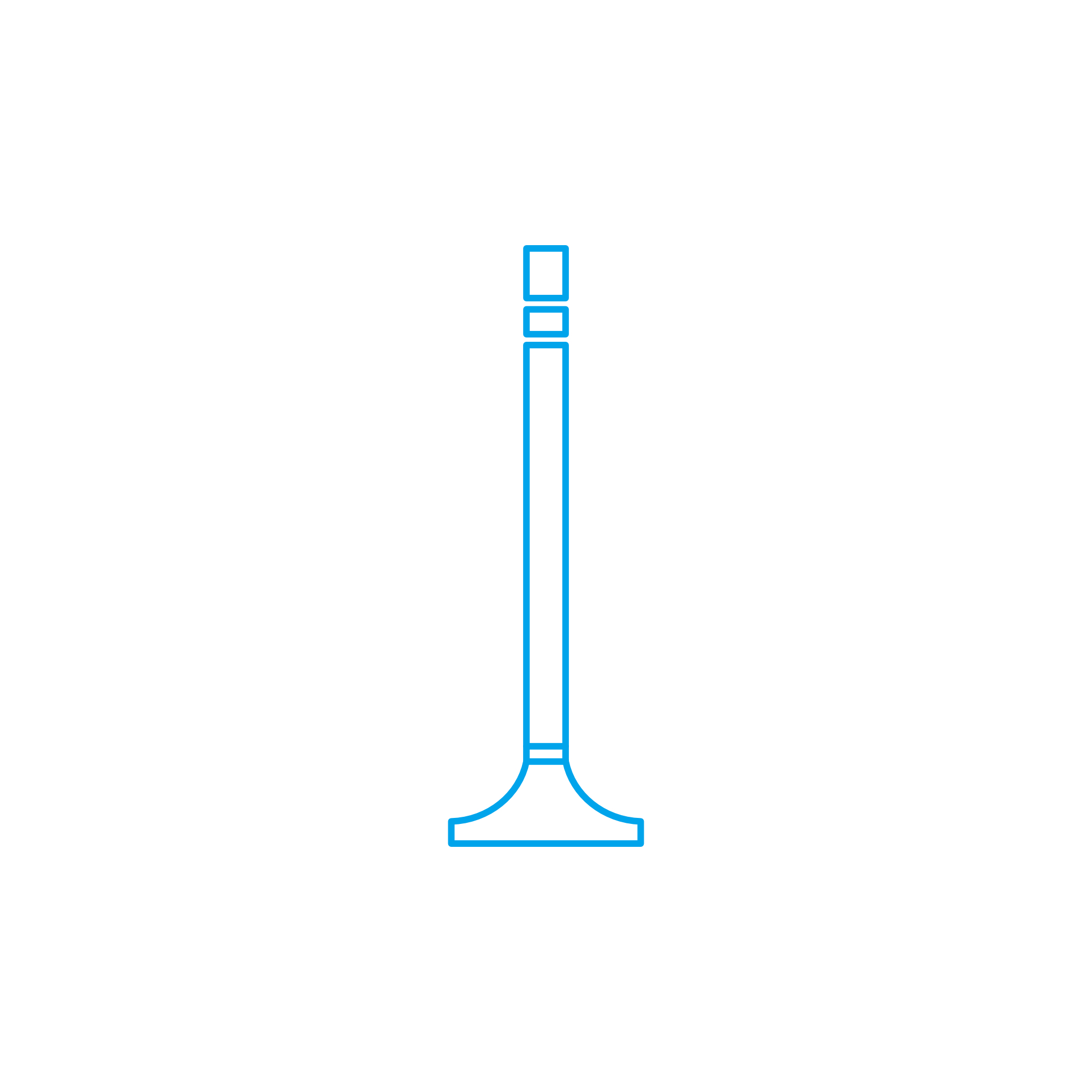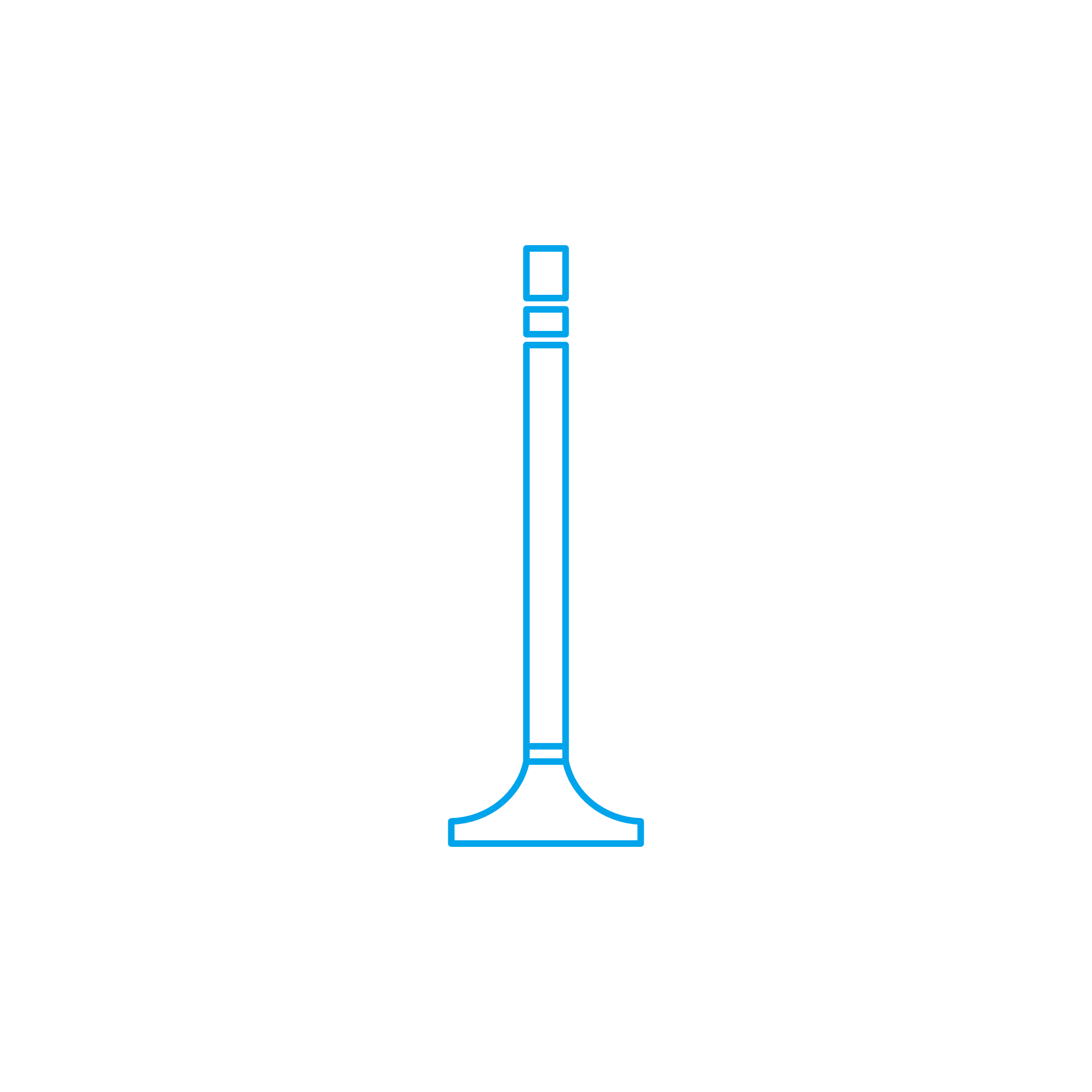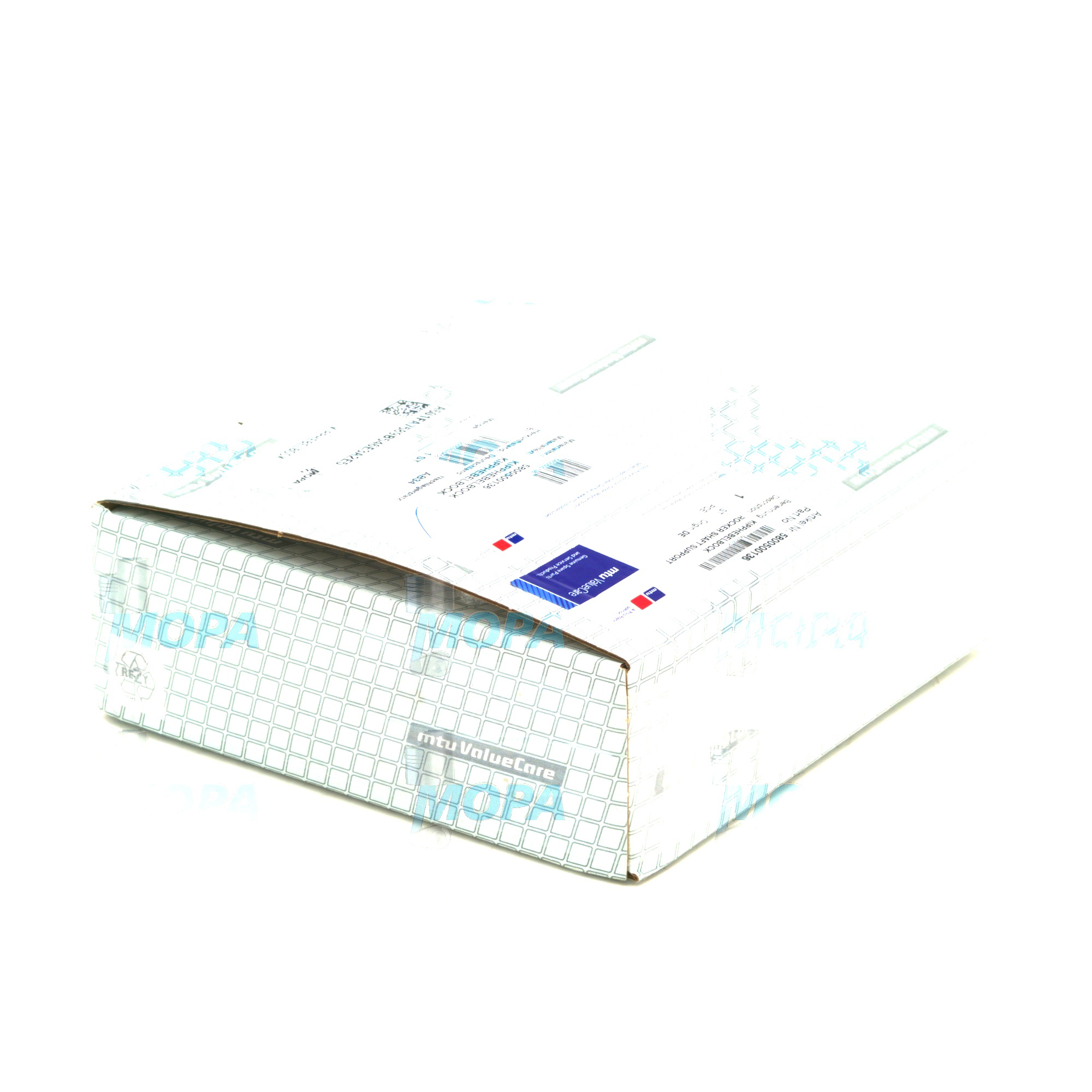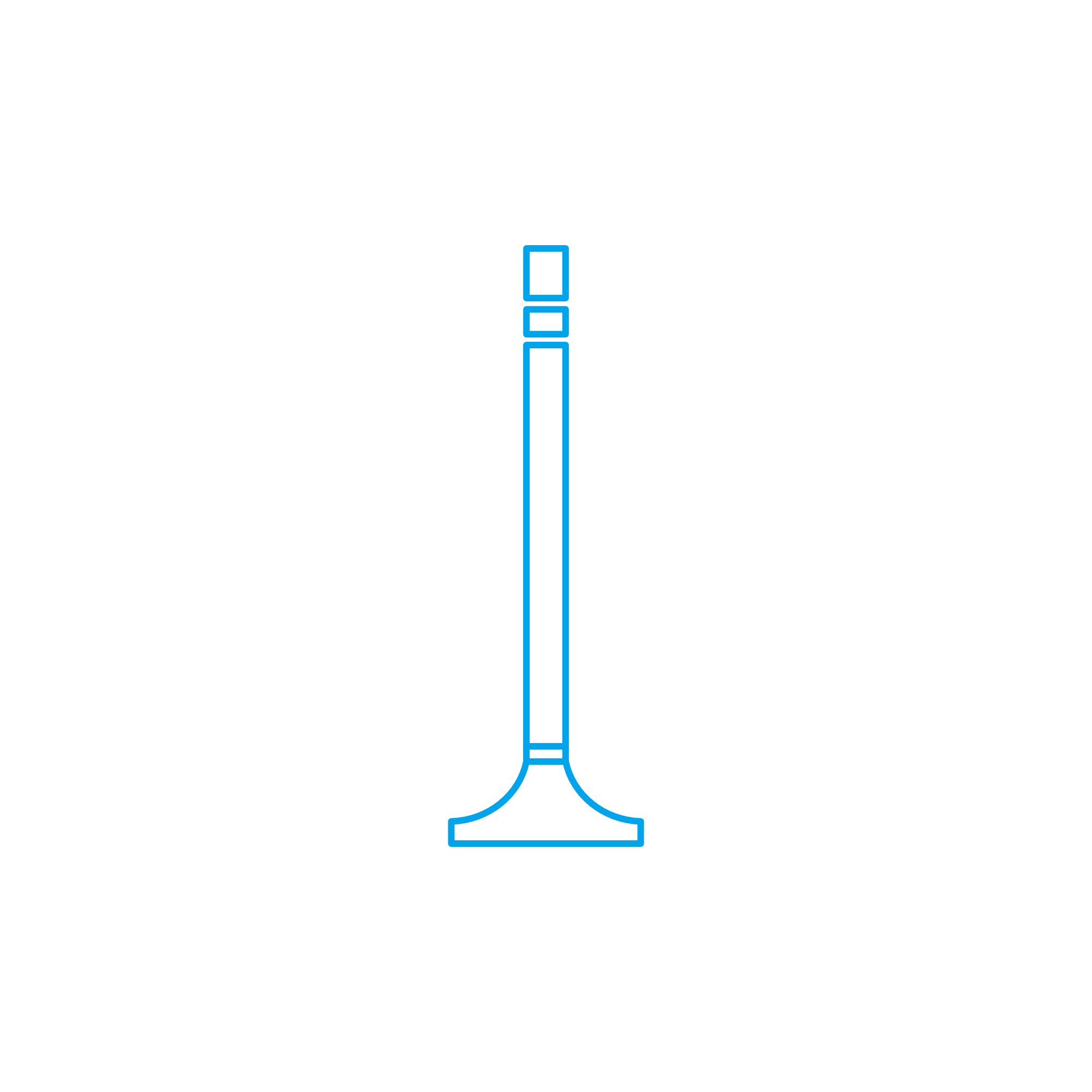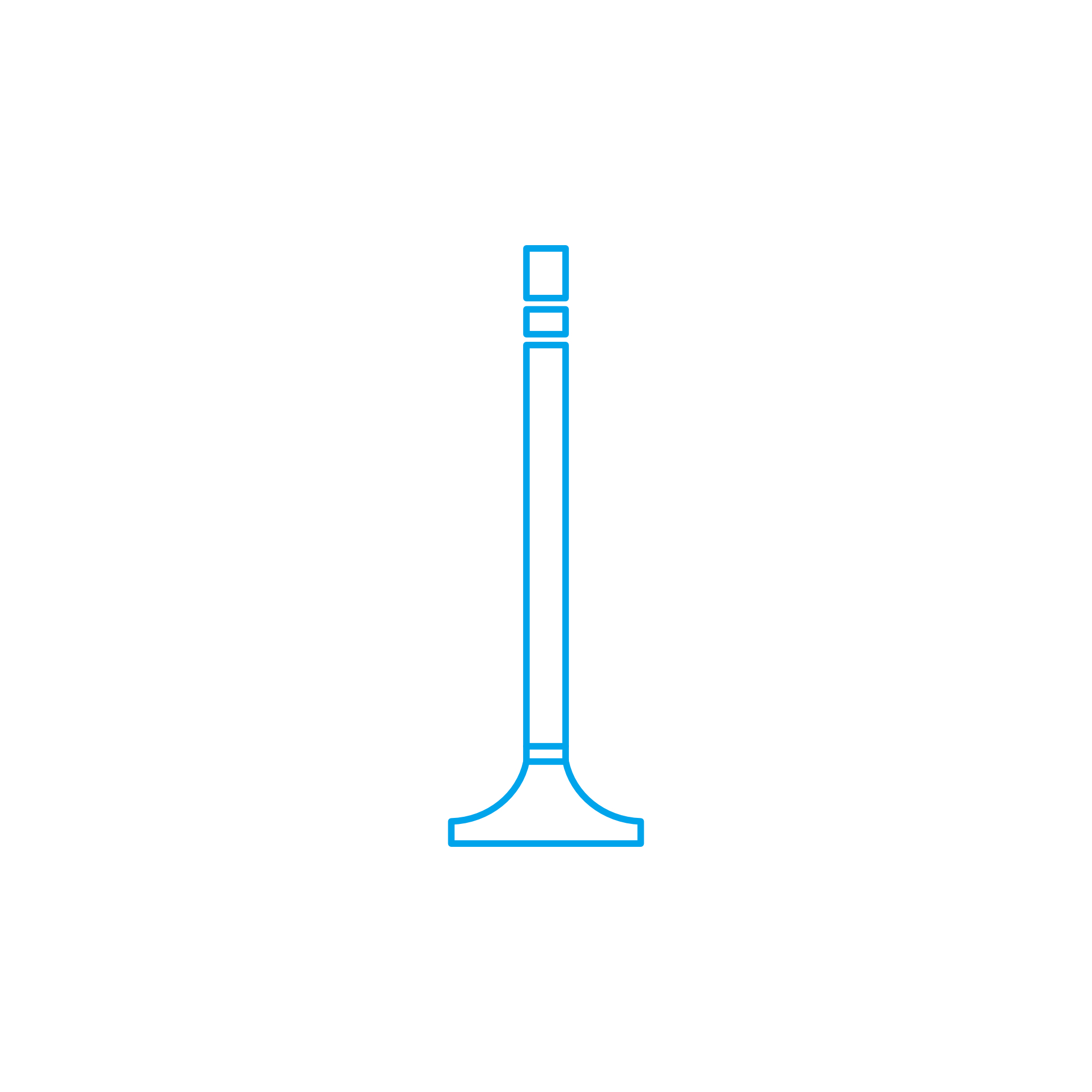ROCKER ARM BRACKET and Valve Train Components for High-Duty Engines
Valve train components form the precision system that opens and closes intake and exhaust valves with exact timing. From the camshaft to rocker arms, rocker arm brackets, bridges, pushrods, valve springs, guides, and lash adjusters, every part translates rotational motion into controlled linear valve movement. In marine engine and power-generation environments, these parts are engineered to withstand continuous load, high temperatures, and long service intervals. That is why the quality and condition of each component directly influence combustion quality, emissions, and operating costs.
Within this system, the ROCKER ARM BRACKET provides the structural support and alignment that allow the rocker arm to pivot accurately over thousands of cycles per minute. Well-matched valve train components reduce frictional losses, safeguard against valve-to-piston contact, and maintain the cam profile’s intended lift curve—key to stable power delivery in a diesel engine or gas engine under heavy duty.
Technical Function of Valve Train Components with the ROCKER ARM BRACKET
In a four-stroke diesel engine, the cam lobe lifts the follower, transferring force through a pushrod or cam-follower assembly to the rocker arm. The ROCKER ARM BRACKET anchors the rocker arm shaft or pivot, ensuring that the rocker’s rotation translates into precise valve lift and timing. In a marine engine, where long operating hours and variable loads are common, bracket rigidity and alignment are vital to keep valve lash consistent and prevent side loading of valve stems and guides.
Manufacturers specify tight tolerances for bracket bore alignment, shaft straightness, and mounting plane flatness. The bracket must resist bending, torsional vibration, and cyclic fatigue while supporting hydrodynamic lubrication between the rocker shaft and bearings. Materials typically include high-grade cast iron or alloy steel with localized surface hardening to combat fretting and brinelling at high contact stresses. Oil galleries are designed to deliver a stable film to rocker pivots and cam-contact interfaces, reducing wear and heat generation. When paired with correctly matched ROCKER ARM BRACKET OEM parts, the full valve train maintains cam timing, lift, and duration exactly as engineered.
In modern emissions-controlled applications, accurate valve actuation supports air-fuel mixing, turbocharger response, and exhaust energy management. Small deviations—caused by bracket wear, shaft scoring, or misalignment—can shift valve events enough to raise fuel consumption or increase soot formation. That is why the ROCKER ARM BRACKET for a diesel engine or ROCKER ARM BRACKET for a marine engine must be dimensionally correct, correctly lubricated, and installed with the specified torque pattern and flatness checks.
Key characteristics and advantages of Valve Train Components
Below is a concise summary for technical buyers evaluating critical parts, including the ROCKER ARM BRACKET and related components:
- · Precise geometry for accurate valve timing and lift.
- · High-strength materials and surface hardening at wear points.
- · Optimized oil passages for stable lubrication film.
- · Controlled clearances to maintain valve lash and reduce noise.
- · Robust alignment to minimize side loading and guide wear.
- · Thermal stability for long service intervals under heavy load.
- · Compatibility across diesel and gas engine platforms.
Why Valve Train Components Are Critical for Engine Reliability
Valve train components directly influence engine reliability, efficiency, and safety. Properly functioning brackets, rocker arms, and bridges keep valves synchronized with piston movement, preventing contact that could lead to catastrophic damage. They also stabilize combustion by ensuring repeatable valve events, which is crucial for fuel efficiency and emissions control across varying loads and speeds.
If a ROCKER ARM BRACKET or associated component wears out, common issues include drifting valve lash, uneven valve lift, abnormal tappet or guide wear, loss of compression, and rising oil temperature due to friction. Operators may observe higher fuel burn, increased smoke, hard starting, or reduced turbocharger response. Left unresolved, misalignment can cause valve seat recession, spring failure, or even valve breakage. For shipowners and power plant operators, these faults translate into unplanned downtime and costly overhauls—risks that can be mitigated with correctly specified parts and disciplined maintenance.
Advantages of OEM Spare Parts Suitable for Valve Train Components
Selecting OEM spare parts suitable for valve train components—especially high-load elements like the ROCKER ARM BRACKET—delivers measurable benefits in performance and lifecycle cost:
- · Consistent metallurgy and heat treatment for repeatable strength.
- · Dimensional accuracy that preserves cam timing and valve lift.
- · Surface finishes that promote proper oil film and reduce friction.
- · Proven compatibility with cylinder head, rocker shaft, and bridges.
- · Documented quality processes and traceability for compliance.
- · Longer service intervals and reduced risk of early wear.
- · Lower total cost of ownership through fewer corrective repairs.
Using OEM parts for a ROCKER ARM BRACKET and its mating components safeguards the designed valve train kinematics. This preserves efficiency, supports emissions targets, and helps teams control budgets by avoiding premature replacements and operational disruptions.
MOPA: Your Partner for OEM Parts – ROCKER ARM BRACKET and Valve Train Components
MOPA is an experienced, reliable partner for OEM spare parts suitable for Valve train components, including the ROCKER ARM BRACKET for diesel and gas engines. Our focus is on speed, quality, and security in the trade of OEM parts, helping technical decision-makers keep fleets and plants running.
We supply components with verified material specs and precise fitment for marine engine and power-generation applications. From sourcing to delivery, MOPA prioritizes short lead times, consistent documentation, and risk-free logistics—so maintenance teams can plan confidently and minimize downtime.
Conclusion – ROCKER ARM BRACKET and Valve Train Components
Valve train components are fundamental to combustion control and mechanical reliability, with the ROCKER ARM BRACKET serving as a critical anchor for accurate valve actuation. Correctly specified and maintained parts improve efficiency, reduce wear, and protect engines from costly failures.
Choosing OEM spare parts suitable for valve train components ensures dimensional fidelity, robust materials, and dependable performance across marine and diesel applications—backed by MOPA’s speed, quality, and secure supply.


